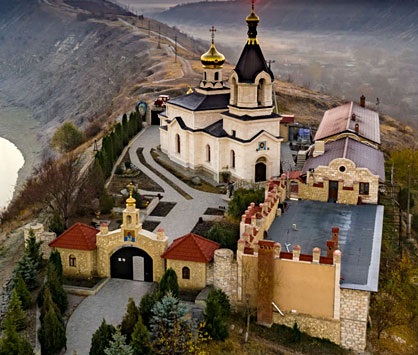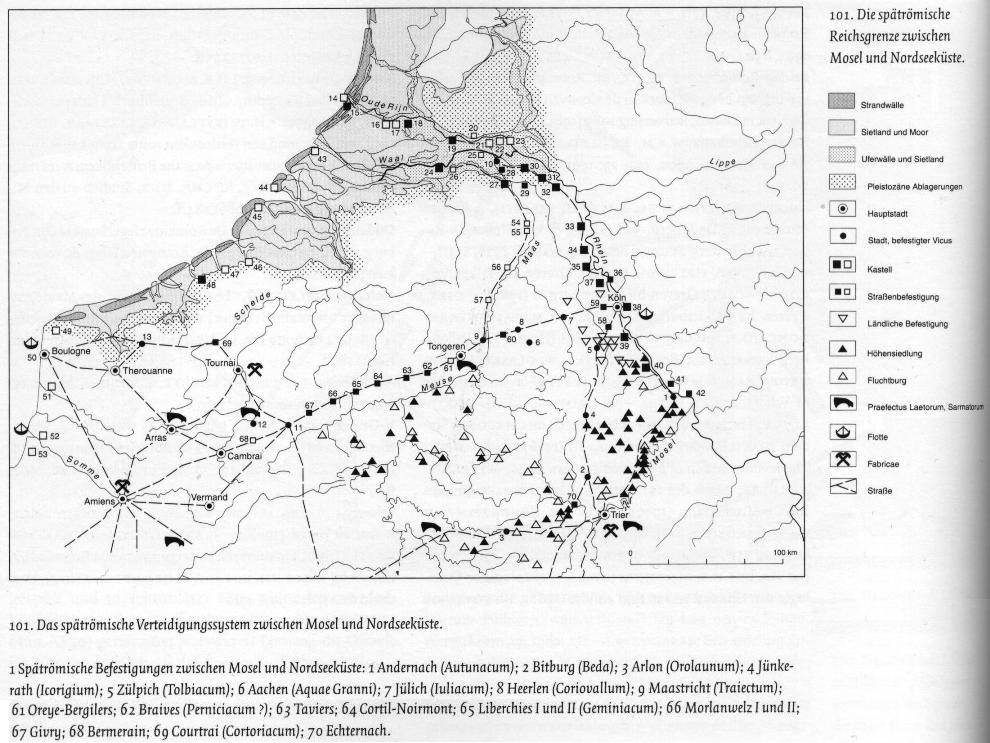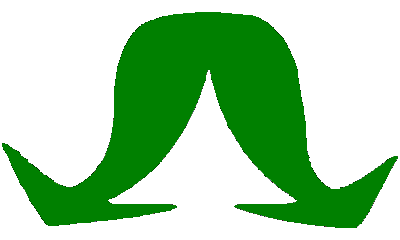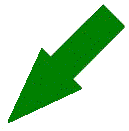
Moldova, monastero Orhei
G - FGC6624

Late Roman defensive line, northern border

Moldova, monastero Orhei |
G - FGC6624 |

Late Roman defensive line, northern border |

G - FGC6624 got around 1100 BCE. two branches 
|
Moldavia FGC6624*The Moldova branch has G-FGC6624*. The asterisk indicates that only one family is known in this branch, the Ghemu family. Their ancestor probably came from the Byzantine Empire, now Turkey, in the eleventh century in a large group of people who all have haplogroup G. They were of the Eastern Orthodox Christian faith. They came before the later Islamic invasions. (1) |
Benelux FGC6618The Benelux branch has its own SNP, FGC6618. This is because it is further branched. The ancestor of this went to Gallia Belgica in Roman times. He may have been a legionnaire or a merchant. Three branches sprang from him at the beginning of the Middle Ages or in late Roman times, from which the Marres, Slootmaekers and Nolet families descend. They all live in the Maas valley, the first two around Maastricht, the Nolet family lives around Namur. (2, 3) |

|
The three branches
|
|
Nolet FGC34750 |
Morech FGC6634 |
Slootmaekers FGC42426 |

Split into two branches in the year 1490 
Fourteen generations in both lines. |
Marres
|
Mares
|
HaplotypesDYS markers in a blue field - DYS values in light yellow - one genetic mutation more in beige - two in brown - one less in light green - two in green - more in dark green.
| ||||||||||||||||||||||||||||||||||||||||||||||||||||||||||||||||||||||||||||||||||||||||||||||||||||||||||||||||||||||||||||||||||||||||||||||||||||||||||||||||||||||||||||||||||||||||||||||||||||||||||||||||||||||||||||||||||||||||||||||||||||||||||||||||||||||||||||||||||||||||||||||||||||||||||||||||||||||||||||||||||||||||||||||||||||||||||||||||||||||||||||||||||||||||||||||||||||||||||||||||||||||||||||||||||||||||||||||||||||||||||||||||||||||||||||||||||||||||||||||||||||||||||||||||||||||||||||||||||||||||||||||||||||||||||||||||||||||||||||||||||||||||||||||||||||||||||||||||||||||||||||||||||||||||||||||||||||||||||||||||||||||||||||||||||||||||||||||||||||||||||||||||||||||||||||||||||||||||||||||||||||||||||||||||||||||||||||||||||||||||||||||||||||||||||||||||||||||||||||||||||||||||||||||||||||||